MeetInc.
A new study by Microsoft Research has ranked the jobs most exposed to generative AI, based on real-world data from users interacting with Copilot, Microsoft’s AI assistant formerly known as Bing Chat. The roles that surfaced include interpreters, customer service agents, journalists and sales representatives, suggesting that the most affected professions are not necessarily the most technical ones.
The researchers analysed more than 200,000 anonymised Copilot chats and compared the tasks being performed with a database of standard work activities used by the US Department of Labor. They then assigned each occupation an AI applicability score, based on how often the AI was used to carry out tasks typically associated with that role.
The result is not a prediction of job losses, but a practical indication of how deeply generative AI is already embedded in certain kinds of work. Microsoft is careful not to frame these findings in terms of replacement or automation. Instead, the emphasis is on transformation, skill shifts and assistance. That positioning is likely driven by both the limits of the data and the broader social implications of how AI is perceived. As one of the world’s largest AI vendors, Microsoft has a vested interest in promoting a narrative of augmentation rather than disruption.
The Jobs Most and Least Likely To Be Replaced
The 40 occupations with the highest AI applicability scores are heavily weighted towards communication, research and customer-facing tasks. In many cases, these are roles that require interpreting or generating text, responding to queries, or synthesising information from multiple sources.
Among the most AI-exposed jobs:
- Interpreters and Translators
- Historians
- Passenger Attendants
- Sales Representatives (Services)
- Writers and Authors
- Customer Service Representatives
- CNC Tool Programmers
- Telephone Operators
- Ticket Agents
- Broadcast Announcers and DJs
These roles tend to involve information-heavy, text-based or formulaic tasks, areas where large language models have already demonstrated strong performance.
At the other end of the scale, jobs involving physical manipulation, interpersonal nuance or multi-step planning remain relatively insulated. Some of the least AI-exposed roles include:
- Pipelayers
- Boilermakers
- Correctional Officers
- Occupational Therapy Assistants
- Preschool Teachers
- Electricians
- Firefighters
These positions typically require hands-on presence, real-world decision-making or regulated procedures that cannot be easily outsourced to software.
What AI Is Actually Good At
One of the study’s more practical insights is that generative AI is especially effective at certain categories of tasks. The researchers found high user satisfaction in areas such as:
- Drafting or editing text
- Researching health, legal and policy topics
- Providing product recommendations
- Answering customer queries
- Translating and simplifying information
In contrast, AI was less effective at tasks involving numbers, design or multi-step decision-making. This helps clarify the kinds of work generative AI is likely to impact first, not just based on technical capability, but on where people are already using it and finding it helpful.
AI as a Coach, Not a Replacement
In roughly 40% of Copilot interactions, the task the AI performed was not the same as the user’s original goal. A common example: users trying to complete a technical or equipment-related task often received an explanatory or instructional response from the AI.
This pattern suggests that current AI use leans heavily on advice, teaching and clarification, rather than full task execution. In this context, AI behaves more like a coach or tutor, helping users understand or complete their own work, rather than replacing them outright. That may change as the technology improves, but for now, assistance remains the dominant use case.
Lower-Education and Lower-Wage Roles Are Not Immune
The study also challenges assumptions that AI primarily threatens high-paid knowledge workers. While some of the most impacted roles do require a bachelor’s degree, many others do not. For example, telemarketers and customer service agents scored highly despite minimal formal education requirements.
There was also little correlation between AI applicability and wage level. This suggests that exposure to AI is shaped more by the nature of the tasks, such as information processing or language generation, than by traditional measures of job prestige or pay.
New Jobs Will Likely Emerge, But When?
The researchers point to historical precedent as a reason for cautious optimism. Technological change rarely eliminates work entirely. Instead, it tends to shift the nature of employment and give rise to new roles that were previously unimaginable. Many of today’s most common occupations did not exist a century ago.
That said, transitions take time. New jobs may not arrive quickly enough, or in the right sectors, to absorb displaced workers. This makes early awareness and adaptation essential, not just for individuals, but for employers and policymakers.
You Might Also Like

Latest Article
Shared ChatGPT Conversations Are Showing Up In Google Searches
Some ChatGPT users may be exposing personal details to the wider internet without realizing it, as shared conversations from the platform are being indexed by major search engines like Google and Bing. ChatGPT conversations are not public by default. However, users can voluntarily create a shareable link by clicking a “share” button and then … Continued
|
1 August 2025
Written by Yannick Pace

APS Leaves Door Open to Rejoining HSBC Malta Sale Talks
|
1 August 2025
Written by Yannick Pace

Strong Q2 Rebound Boosts APS Bank’s Half-Year Performance
|
31 July 2025
Written by Yannick Pace











